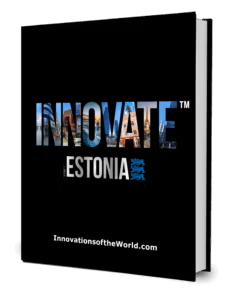Estonia’s quiet high-tech success story is redefining how unmanned aircraft support precision strike missions.
When Estonia regained independence three decades ago, few imagined the small Baltic nation would become a center of aerospace innovation. Yet in 2012, a group of engineers and defense specialists in a small village near Tallinn set out to build unmanned aircraft systems that could rival anything on the market.
They called their company Threod Systems. From the start, Threod focused on more than just building drones; its mission was to create fully integrated aerial solutions – designing everything in-house from airframes and autopilots to payloads and data links. That vertical integration has allowed the company to innovate at unusual speed and scale. Today Threod has delivered systems to more than two dozen countries, including NATO allies and Ukraine, and its aircraft are flown daily in some of the world’s most demanding environments.
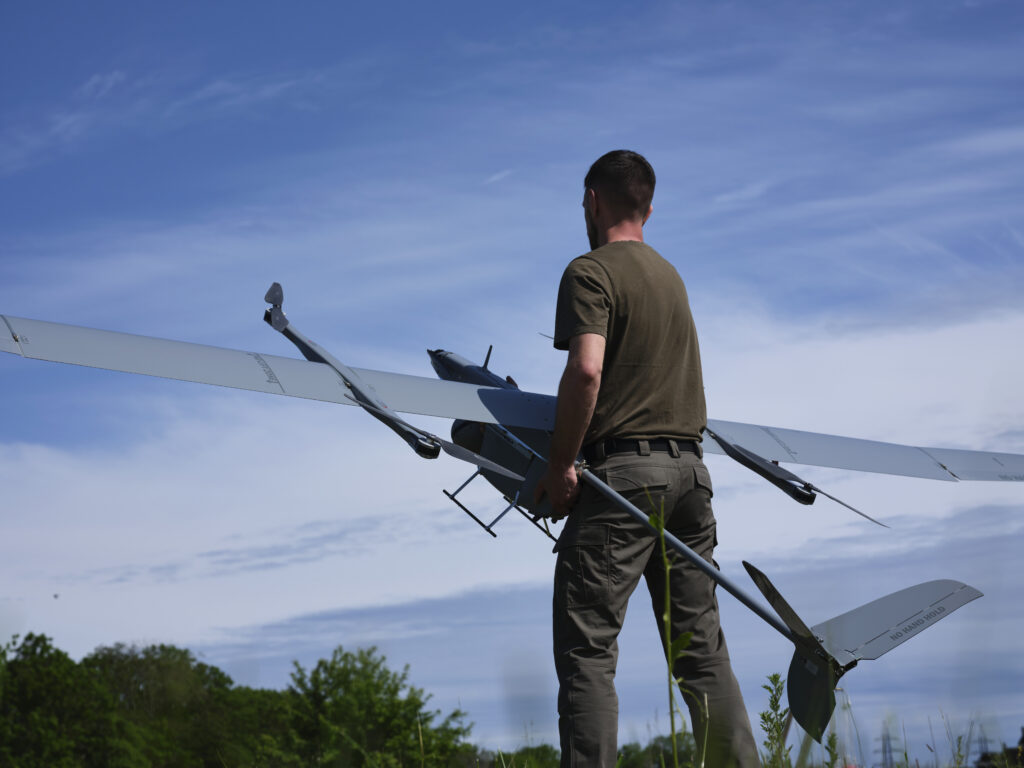
Small Nation, Global Reach
Estonia’s strategic location and digital-first economy give Threod a natural edge. The company benefits from the country’s software and engineering expertise and tight-knit defense sector, while exporting to more than 27 nations. Training centers and rapid-deployment teams ensure customers can field systems quickly. As global demand for unmanned solutions grows – whether for border security or high-intensity conflict – Threod’s track record of reliability and innovation positions it strongly.
From Intelligence to Action
Threod’s reputation first grew on the strength of the Eos C VTOL, a fixed-wing aircraft that takes off and lands vertically but cruises with the efficiency of a plane. Light, quiet, and capable of flying up to three hours with a 50-kilometer communication range, Eos C has proven ideal for intelligence, surveillance, and target acquisition. Its low acoustic and visual signature means it can operate almost unnoticed, while its ability to launch from tight spaces gives troops flexibility in unpredictable terrain. Feedback from military users, including Ukrainian forces operating in contested skies, has helped Threod refine the Eos C for rugged conditions, from extreme cold to electronic – warfare interference. The aircraft’s performance has drawn praise not only for reconnaissance but also for its ability to designate targets with pinpoint accuracy—an increasingly critical role in precision strike warfare.
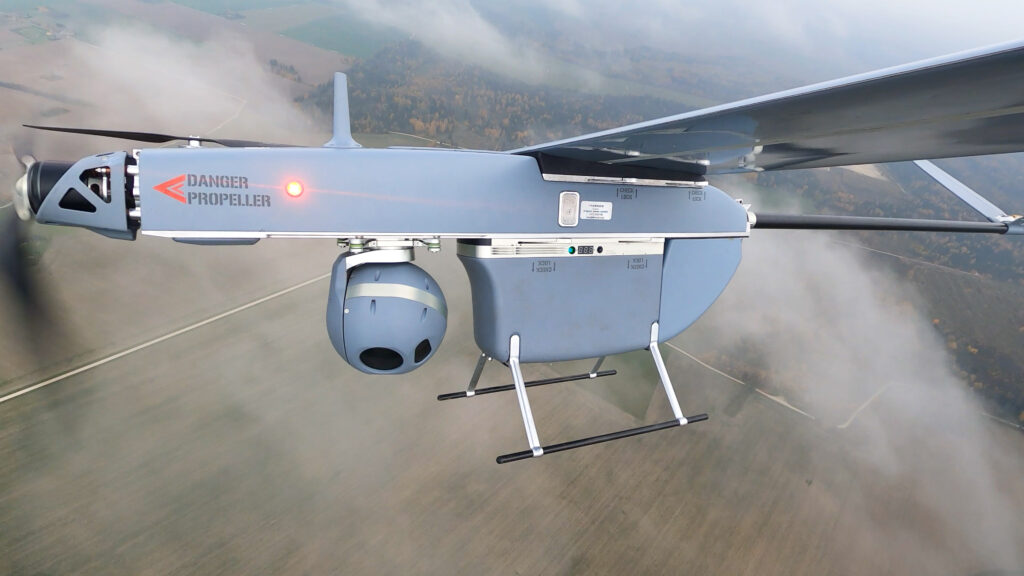
A New Generation Emerges
Building on that battlefield experience, Threod is preparing to unveil the Eos D VTOL, a next-generation system designed from the outset to integrate with laser-guided munitions. Due for release in 2026, Eos D aims to do more than observe. Equipped for advanced target designation and compatible with artillery, rocket artillery, and air-delivered precision weapons, it will allow military teams to find, illuminate, and engage targets with the element of surprise and fearsome accuracy. While full technical details remain under wraps, Threod engineers emphasize that Eos D retains the proven endurance and stealth of its predecessor, with enhanced payload capacity and robust communications to thrive in GPS-denied or electronically contested zones.
Innovation Fueled by Feedback
Central to Threod’s progress is a design process that loops real combat experience back into engineering. Company co-founder and chief technology officer Mikk Murumäe has spoken of “learning in months what would otherwise take years,” crediting Ukrainian frontline operators for stress-testing every aspect of the system. That responsiveness has allowed Threod to harden its autopilot software, streamline user interfaces, and strengthen resilience against electronic warfare. By keeping research, manufacturing, and training under one roof, the company can incorporate those lessons almost in real time.
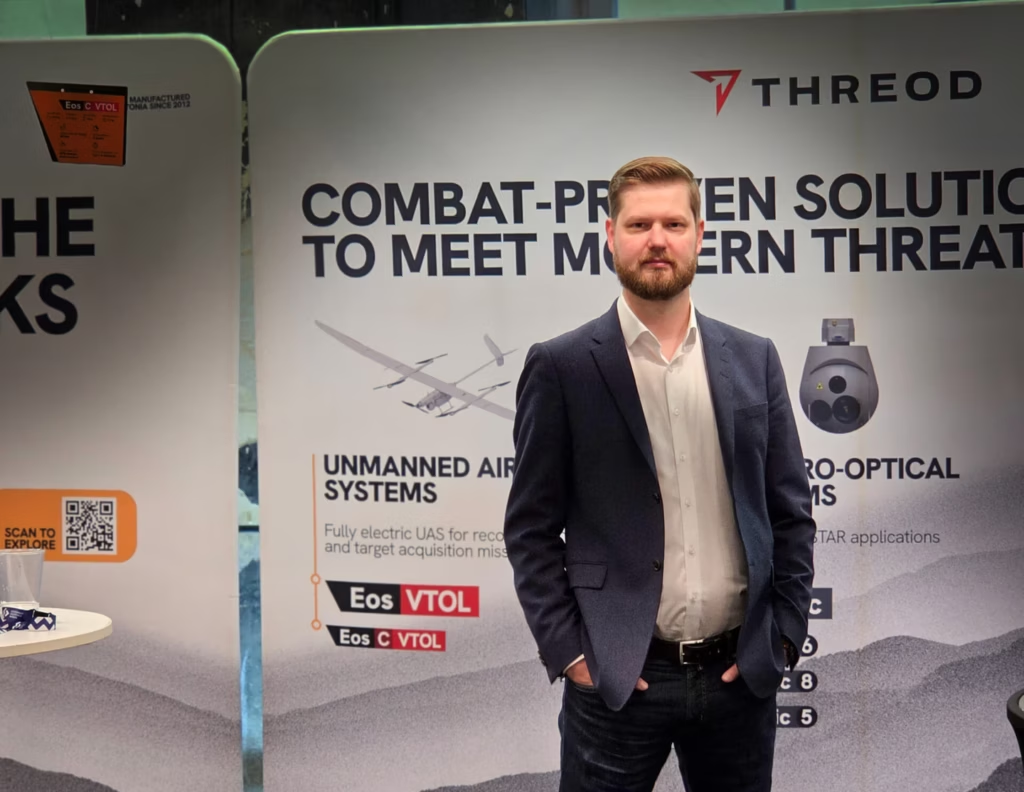
The Future of Precision Air Power
The forthcoming Eos D VTOL may prove a watershed moment. By marrying long-endurance reconnaissance with precision-strike coordination, it blurs the traditional line between finding a target and engaging it. Analysts note that such integration reduces the time between detection and action, a key advantage in modern, fast-moving conflicts. For Threod, it is also a statement of intent: to move from the role of silent observer to active enabler of precision operations.
“We designed Eos D VTOL to be one of the lightest unmanned aerial vehicles in the world capable of designating all laser-guided effectors that meet NATO standards,” says Mikk Murumäe. “This means allied forces can shorten the strike cycle dramatically while keeping operators safer and farther from danger.”
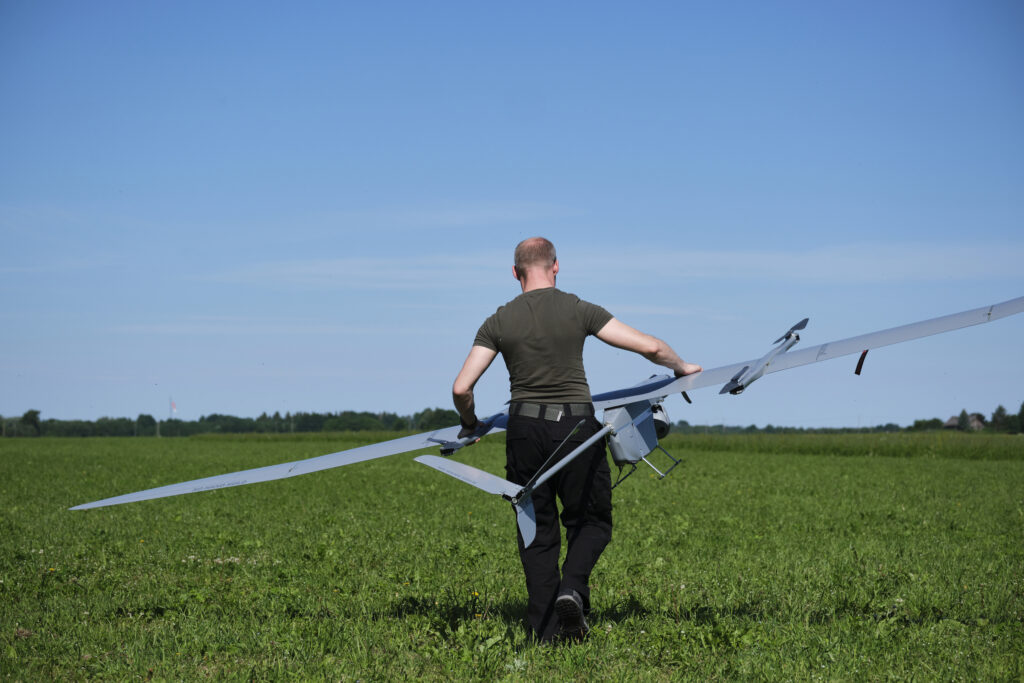
From a small Estonian workshop to a name recognized on global defense lists, Threod Systems exemplifies how agility and vision can reshape a sector once dominated by large state contractors. As warfare demands smarter, faster, and quieter eyes in the sky, Threod’s Eos aircraft – first the combat-proven C mode land soon the ambitious D – are poised to keep that gaze sharp and decisive.

